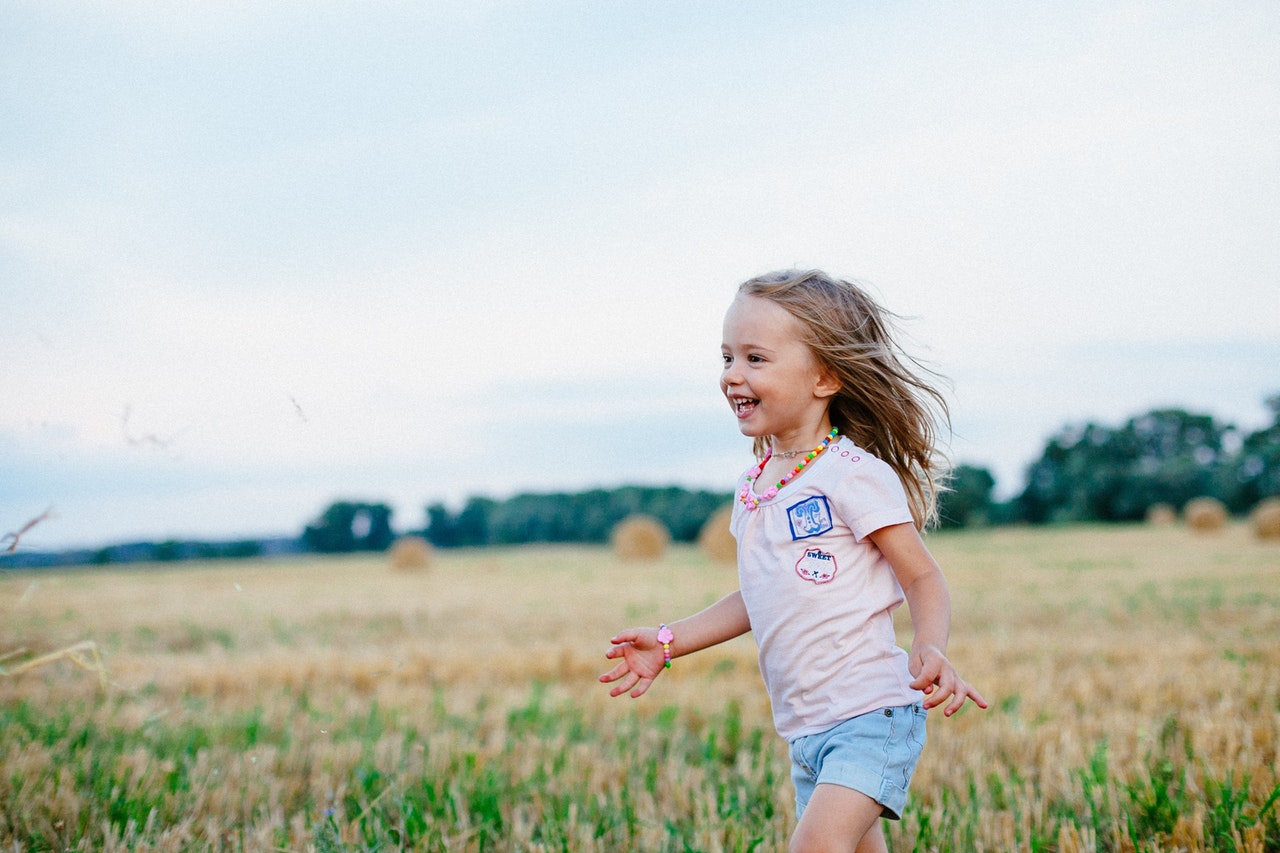Quality Preschool, Infant and After School Programs

Helping Your Young Child Express Their Emotions
If you are a parent, you have undoubtedly experienced the wide range of emotions your child feels on a daily basis. From outbursts of anger to fits of tears, young children have extremely strong emotions that can turn on and off in seconds.
While these emotions can be overwhelming to handle, they are all a part of the natural development of your child. Here at Adventures In Learning, we are well versed in early childhood education and our goal is to help the kids that visit our center learn how to properly express and handle their array of emotions. If you want to help equip your child to learn how to express their emotions in a healthy and productive way, check out these tips.
#1: Work On An Increased Emotional Vocabulary
One of the best ways you can help equip your young child to express their emotions in a productive manner is to help them increase their emotional vocabulary. Most young kids will learn early on how to say they are mad or sad, but often there is a deeper emotion beyond these simplistic words.
For example, you can work with your child to learn how to talk about frustration, when they feel mad because something is difficult or a struggle. This could occur when they try a task, like tying their shoe and keep having trouble. They are mad, but a better way to express their emotion is to talk about how they are frustrated with not being able to accomplish what they set out to do.
#2: Help Them Redirect Their Expression
 It is understandable for a young child to feel a variety of emotions throughout the day and they will need to express those emotions one way or another. However, the issue lies in the way they express their feelings, not the feelings themselves. The goal is to help your child learn how to redirect their behavior to an appropriate expression so they learn how to process their emotions, not bottle them up.
It is understandable for a young child to feel a variety of emotions throughout the day and they will need to express those emotions one way or another. However, the issue lies in the way they express their feelings, not the feelings themselves. The goal is to help your child learn how to redirect their behavior to an appropriate expression so they learn how to process their emotions, not bottle them up.
For example, if your child is prone to screaming and hitting those around them when they are angry, work with them on an appropriate option instead. Buy them a special pillow — their angry pillow. Let them take this pillow anytime they are upset in the house, go to their own room, and scream and punch the pillow. Help them understand that when they can’t control their feelings of anger, they need to learn how to instead learn where they direct that anger.
#3: Never Punish Emotions
While it is obvious that you don’t want your child running around screaming at people or sobbing all over the kitchen floor when their favorite food isn’t on the menu, be careful that you never punish your child for having emotions. When you ban emotions from your home or natural expressions such as tears, you run the risk of raising a child who no longer knows how to express their feelings and instead bottles them up.
Instead of telling your child they aren’t allowed to cry, which can lead to issues with expressing feelings of sadness, ask them to spend some time in a safe place with their sadness. Even as adults, it is ok for us to feel deeply and to shed tears but we understand that there are places that are safer for us to express those feelings than others. Help them learn how to go to a quiet place to process their tears and to feel safe while doing so.
#4: Lead By Your Own Example
In all these ways, make sure you are leading by your own example. Your children will watch you more than they hear you and the way you express your emotions will play a large role in how they learn to do so. Take the time to ensure you are emotionally healthy so you can spread this well-being on to your kids.
Here at Adventures In Learning, we are passionate about helping the kids who learn at our center develop healthy emotional expressions. Learn more about our early childhood education centers in Orange and Tustin, CA, today.

